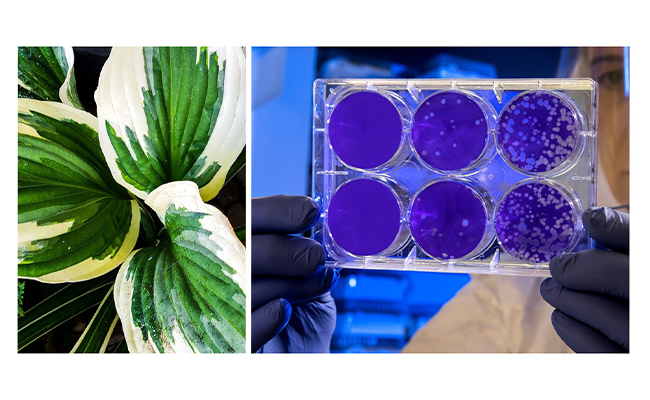
Dear Supporters,
Myth-busting isn’t easy. Interiorscapers frequently hear health care facility managers express their concerns that plants are not safe additions to their facilities.
Thanks to your support, this month we’ve uploaded a research paper from Frontiers in Microbiology that may help address these concerns. While awareness of the positive effects of biophilic design on the human nervous system is swiftly growing, this paper offers an argument for including plants based on microbiology.
Check out “Microbiome interplay: plants alter microbial abundance and diversity within the built environment”.
And pair it with the information from the University of Oregon’s Biology and the Built Environment Center, “Buildings have their own microbiome – we’re striving to make them healthy places”.

Research on Microbiome interplay: plants alter microbial abundance and diversity within the built environment.
So what’s a microbiome? The collection of organisms in a particular environment.
There’s been a lot written about the gut microbiome and the positive role a diverse gut microbiome plays in human health. Now, and accelerated by the pandemic, more research is being done on the microbiome of the built environment. And much like how gut microbiome diversity enhances human health, microbe diversity creates a stabilizing effect on microbe populations in the built environment.
To quote the UofO paper “Even in good times, and certainly during pandemics, the main thing people typically want to know about microbes is how to kill them. But in fact, the vast majority of microbes help humans more than they hurt us.
Not surprisingly, plants support a more diverse microbiome.
To quote from Microbiome interplay, “Indoor plants have the potential to influence the microbiome of the built environment similar to humans and pets. Hence, aside from determining other factors like architecture, ventilation, and room maintenance etc. the microbiome of the built environment is particularly defined by its eukaryotic habitants. The embellishment of built environments with indoor plants does not have an aesthetic relevance alone, indoor plants can act as a simple but efficient way to stabilize and increase diversity of beneficial microbes in the built environment…”
That research is being done on these aspects of indoor nature is cause for optimism.
Thank you for supporting our sharing it with you and the global community of building professionals.
One day, hopefully soon, the knowledge that plants help support a healthy, diverse microbiome – including the microbial causes of sick building syndrome – will be widespread.
With gratitude for your support, #StayPlanted and Be Well,
Mary Golden
Advocacy Incubator
Note: If this is the anniversary month for your support and you wish to renew your support, here’s a handy link.
